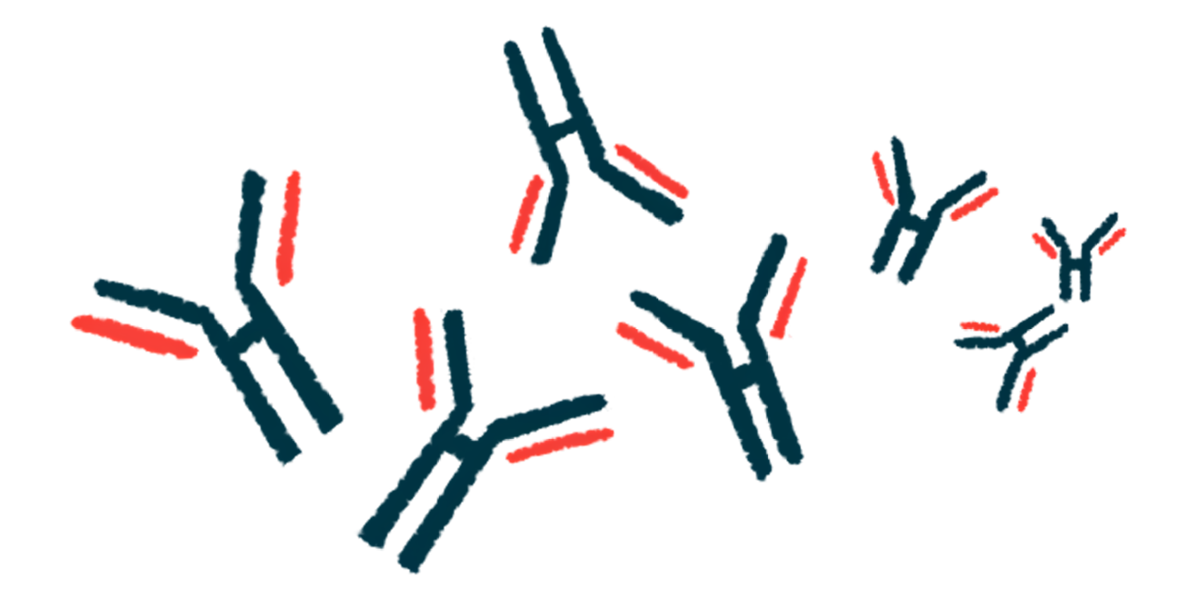Blood group O not tied to inhibitor risk in children with severe hem A
Conflicting studies lead researchers to look at PedNet data

Children with severe hemophilia A with blood group O are not at increased risk of developing neutralizing antibodies against factor VIII (FVIII) replacement therapy, a study found.
The study, “Blood Group O Does Not Increase the Risk of Inhibitors in Severe Haemophilia A: Data from the PedNet Study Group,” was published in Haemophilia. It was sponsored by several pharmaceutical companies, including Bayer AG, Novo Nordisk, CSL Behring, Pfizer, Sanofi, Sobi, Takeda, Hoffmann-LaRoche, and LFB Biotechnologies.
Hemophilia A is a bleeding disorder resulting from a lack or dysfunction of FVIII, a key protein involved in blood clotting. One of the primary treatments for the condition is replacement therapy with FVIII, a type of treatment that involves administering a version of the missing FVIII to restore blood clotting.
A significant challenge with this type of therapy is the potential development of neutralizing antibodies, known as inhibitors, which target the infused FVIII and may prevent it from working as intended.
Studies have suggested that the risk of inhibitor development may be tied to blood group. Patients with group O have lower levels of von Willebrand factor (VWF), another clotting factor that normally protects and helps keep FVIII in circulation. In these patients, lower VWF levels mean less protection for the infused FVIII, leading to faster clearance from the body and higher chances of developing an immune response and inhibitors.
Conflicting studies
“The rationale for the effect of blood group stems from the theory that the binding of administered FVIII to VWF depends on the blood group and is lower for blood group O,” the researchers wrote. “Hence, in blood group O individuals, more infused unbound FVIII is available to [certain immune cells] to internalize, possibly resulting in a higher tendency to develop inhibitors.”
Studies reporting the risk of inhibitor development according to blood type group are conflicting, which led the researchers to examine data from children in the PedNet Registry (NCT02979119) with severe hemophilia A, born between 2000 to 2020 and treated with FVIII replacement therapy. PedNet is a multi-center study collecting data from 33 hemophilia treatment centers in 19 countries.
Children who had received FVIII replacement therapy for 50 days were deemed eligible to be included in the analysis. Of 1,172 children fulling this requirement, the blood group was known in 759 (65.8%) cases. Blood group O was the most common (42.2%), followed by blood group A (38.9%), blood group B (14.1%), and blood group AB (4.9%).
About a third of children with group O had inhibitors (31.3%), while the overall inhibitor incidence in severe hemophilia A patients from non-O blood groups was 34.6%. The incidence of inhibitors among children in the other blood groups was identical.
No significant difference in inhibitor incidence was observed between blood group O and non-O blood groups.
The study “showed no effect of blood group O on inhibitor development,” the researchers wrote.







